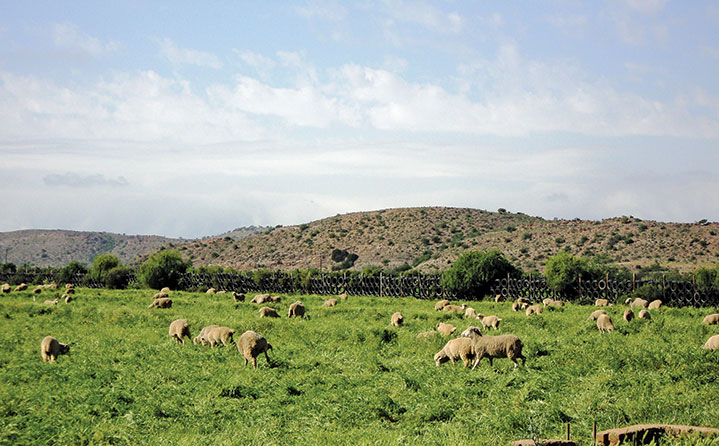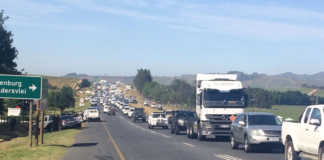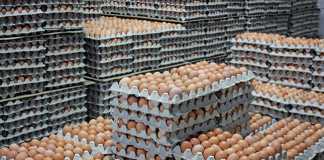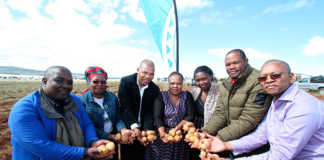
Part of the solution to land reform and transformation lay with agricultural commodity organisations, Agri SA president Dan Kriek said at the recent launch of the Agri SA 2018 Transformation Report in Pretoria.
Kriek added that constitutional changes were not needed but that a policy environment conducive to agricultural growth was critical.
A report showed that 25 commodity organisations in agronomy, animal production and horticulture had as a whole in 2016/17 contributed R331 571 350 to development projects, with 55 584 farmers benefiting.
READ New start for land reform department?
This included financial assistance, skills training, mentorship programmes, recapitalisation and facilitation or market access.
The National Wool Growers Association (NWGA), for instance, assisted emerging wool growers to grow a 222 610kg wool production in 1997/98 to a 4 462 089kg production in 2015/16. This was sold at a value of R233 618 025.
An impact study of communities assisted by the NWGA showed the number of households with children going to bed hungry in these communities had declined from 41% in 2004 to 24% in 2015.
READ Private land reform initiatives are paying off
The number of households with savings accounts had increased from 49% in 2004 to 84% in 2015. The number of households that could afford school fees had also increased from 23% in 2004 to 52% in 2015, the report said.
Cotton SA was providing mentorship to 718 emerging farmers. In 2016/17 Cotton SA contributed R1.2 million, and with a R7.7 million contribution from the Department of Rural Development and Land Reform, could assist farmers with skills to plant 2 767ha of cotton.
An average yield of 724kg/ha was achieved. This resulted in a gross income of R16.4 million, or R5936/ha, the report said.
Speaking at the launch, Tshilidzi Matshidzula, an Eastern Cape dairy farmer who had increased his dairy herd from 150 cows to over 800, with assistance from a commercial producer, said he couldn’t see how transformation could work without commercial mentorship.
Despite many emerging producers being assisted, Grain SA CEO Jannie de Villiers said many successful black commercial farmers still had challenges accessing financing as they did not own the land they farmed on.












